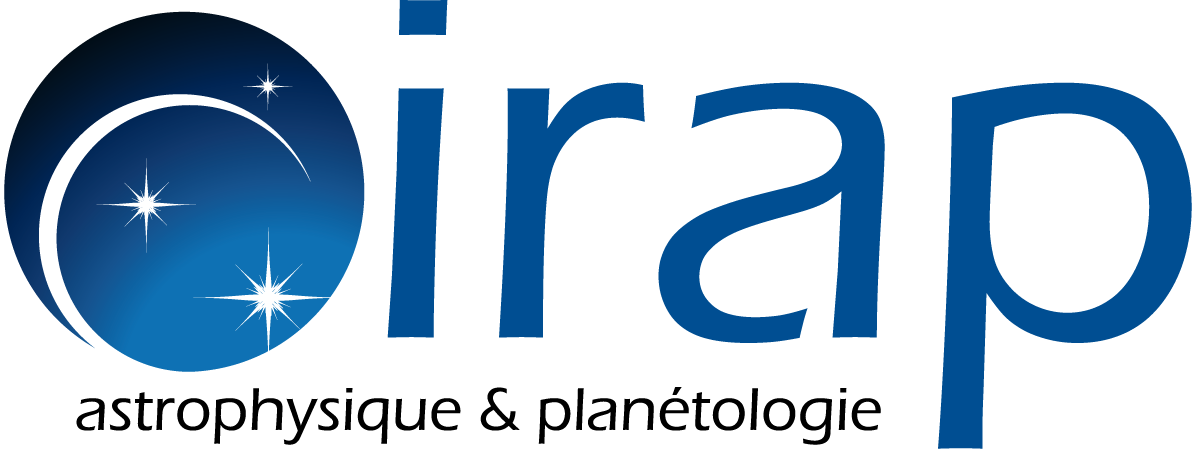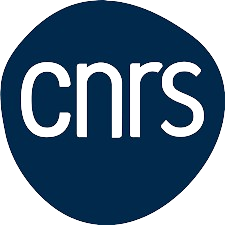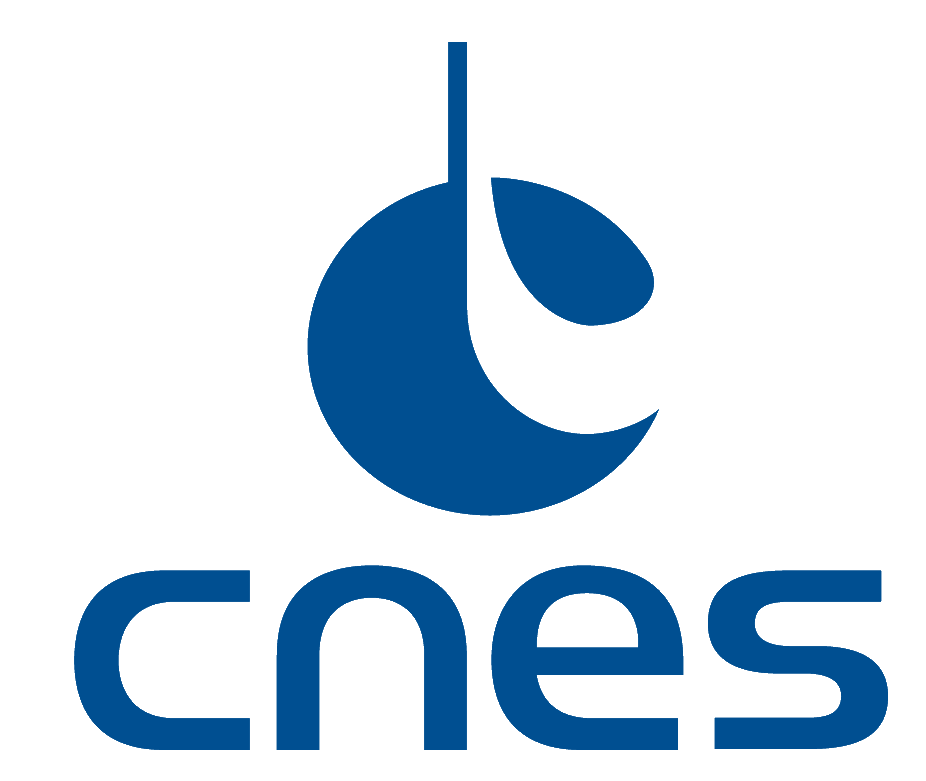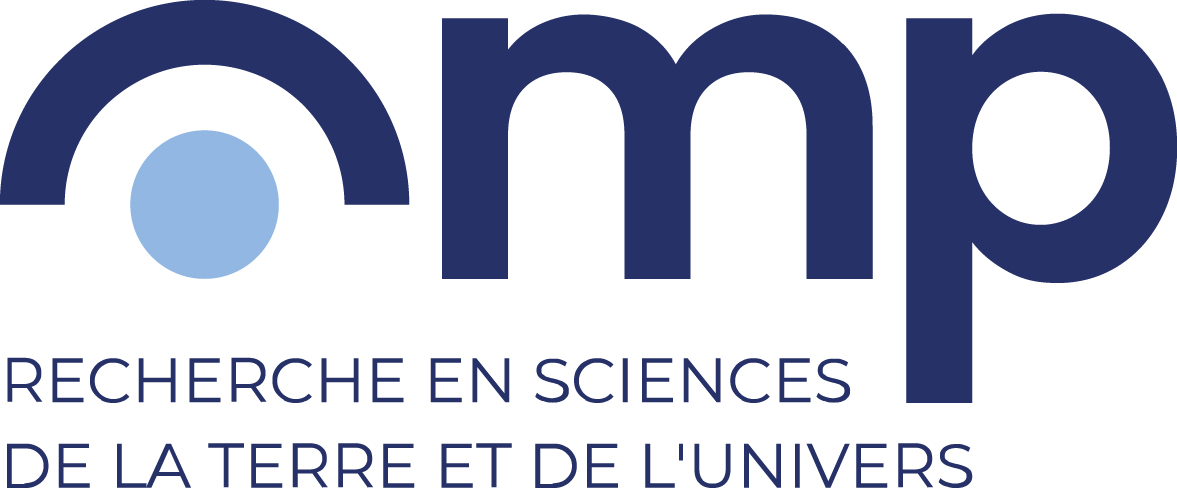Discovery of an extrasolar system including a cool sub-Neptune
Since the first discovery of a planet orbiting a star other than the Sun in 1995, over 5000 exoplanets have been detected. However, small, light planets orbiting far from their star remain rare and particularly difficult to detect. Today’s announcement marks the discovery of such a planet, around the star HD88986. This type of detection will lead to the discovery of Earth’s twin planets around Sun-like stars.
The study, carried out by an international team in which the CNRS Terre & Universe is involved, is based on observations made with the high-precision SOPHIE spectroscope at the Observatoire de Haute-Provence. It also uses data from the TESS, CHEOPS and GAIA observatory satellites, and the Keck telescope in Hawaii. In total, more than 25 years of observations are combined in this study.
The HD88986 system includes a cool sub-Neptune. It has the longest orbital period (146 days) of any of the known small exoplanets with precise mass measurements. It is only 17 times more massive and twice as big as the Earth, offering interesting prospects for the study of its atmosphere. This system also includes a massive, more distant companion, in an orbit well beyond that of the sub-Neptune. As a whole, it’s a particularly interesting case study for understanding planet formation and evolution.
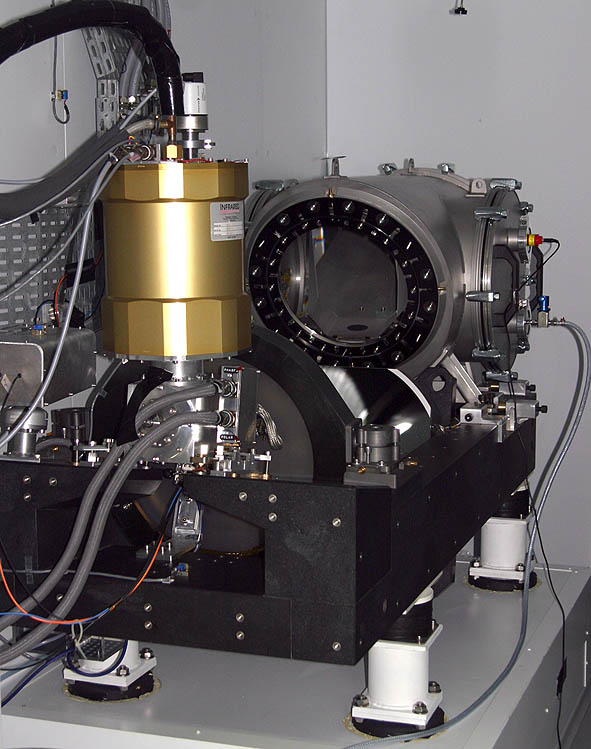
CNRS laboratories involved
- Institut d’astrophysique de Paris (IAP). Tutelles : CNRS / Sorbonne Université
- Laboratoire d’astrophysique de Marseille (LAM – OSU Pythéas). Tutelles : CNRS / CNES / AMU
- Laboratoire J-L Lagrange (LAGRANGE – OCA). Tutelles : CNRS / OCA / Univ. Côte d’Azur
- Laboratoire d’études spatiales et d’instrumentation en astrophysique (LESIA – Obs Paris). Tutelles : CNRS / Observatoire de Paris – PSL / Sorbonne Univ. / Univ. Paris Cité
- Institut de planétologie et d’astrophysique de Grenoble (IPAG – OSUG). Tutelles : CNRS / UGA
- Institut de Recherche en Astrophysique et planétologie (IRAP – OMP). Tutelles : CNRS / CNES / Univ.Toulouse III Paul Sabatier
- Laboratoire inter-universitaire des systèmes atmosphèriques (LISA – IPSL). Tutelles : CNRS / UPEC / Univ. Paris Cité
- Observatoire de Haute-Provence
Further Resources
- Scientific Publication : The SOPHIE search for northern extrasolar planets by N. Heidari et al., A&A, 681, A55 (2024)
IRAP Contact
- Claire Moutou, claire.moutou@irap.omp.eu
